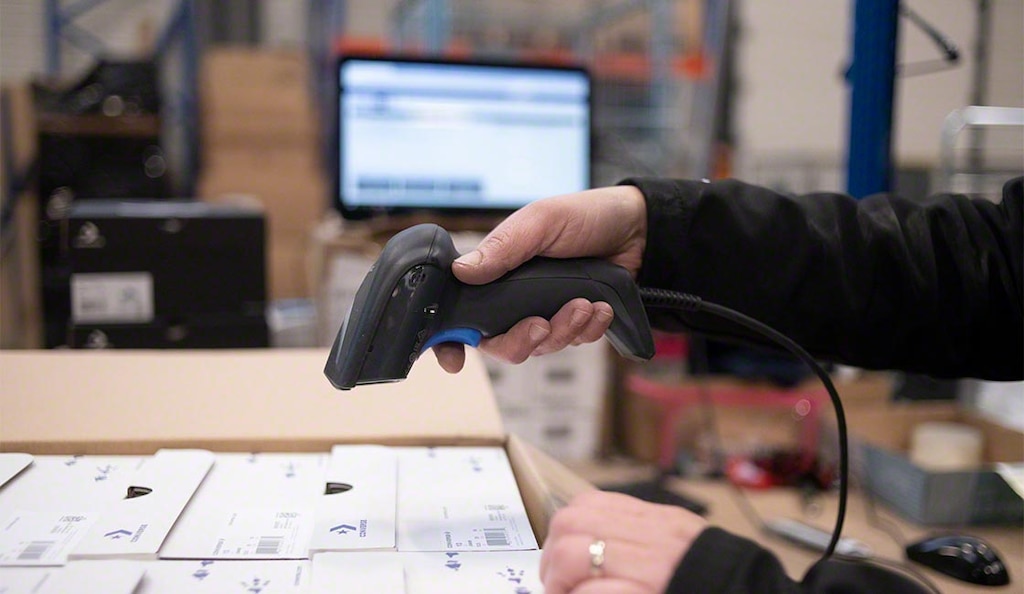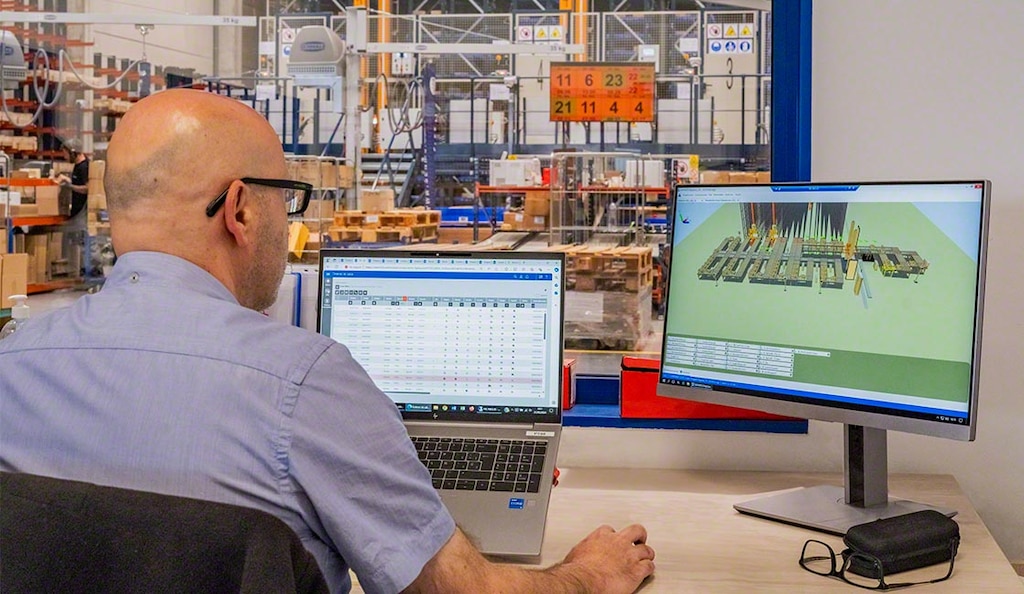
Logistics visibility: Critical for business
Achieving the logistics visibility needed to manage large amounts of information and goods is a key challenge faced by supply chain managers.
What is logistics visibility?
Logistics visibility is the ability of companies to ensure detailed oversight and control of product movements throughout their lifecycle, from raw material management to end-customer delivery. The vast amount of data generated by supply chain technology makes this visibility possible. Analyzing this information improves decision-making, enhances customer responsiveness, and facilitates problem resolution.
This level of visibility enables supply chain professionals to instantly determine the location of their organizations’ containers, trucks, or vessels, their cargo, and estimated arrival times. It also provides information on product components, supplier names, and the location of their facilities.
How logistics visibility works
In the supply chain, visibility is primarily achieved through the processing of large volumes of information, divided into several stages:
- Data collection. Logistics solutions like warehouse management systems and distributed order management software record data on available inventory, SKUs, and suppliers. These data come from sources such as RFID tags or sensors linked to the Industrial IoT (Internet of Things).
- Analysis. The information collected is processed by software, helping companies understand the root causes of their costs, identify demand trends, and evaluate performance in areas like order fulfillment.
- Visualization and sharing. Logistics managers can monitor and control the supply chain via dashboards and generate reports on specific topics. This allows them to track details such as remaining stock levels or the number of on-time deliveries.

Why is logistics visibility important for your business?
Visibility into logistics processes helps identify potential setbacks and implement corrective actions. This enables organizations to:
- Anticipate changes in demand or the flow of goods.
- Meet delivery deadlines while shortening lead time.
- Pinpoint bottlenecks and uncover cost-saving opportunities.
- Manage inventory to prevent surpluses and shortages.
- Monitor vehicle fleet and product performance throughout their lifecycle.
- Oversee manufacturing operations to maximize productivity.
- Stay competitive in an ever-evolving market.
- Ensure compliance with regulations and standards.
Logistics visibility software solutions
To gain logistics visibility, it’s vital to use tools developed by industry experts that stay up-to-date with the latest technology trends:
- Warehouse management system (WMS). These programs supervise a company’s logistics operations. They cover every warehouse process — from the receipt of raw materials and finished goods to product distribution — providing a comprehensive, real-time view of operations. One example that provides global fulfillment visibility for facilities around the world is Easy WMS.
- Distributed order management system (DOM). Automatically determining which warehouses, points of sale, or 3PL providers are best suited for a delivery allows retailers to manage orders efficiently across all channels and optimize fulfillment. A software solution like Easy DOM centralizes supply chain control for large organizations with an omnichannel strategy and high daily shipping volumes.

Examples of logistics chain visibility
These are some businesses that have implemented tools to enhance their visibility and the benefits they’ve achieved:
- Dexel. This subsidiary of adhesive manufacturer Sika France has established seamless communication between its warehouses and production area. “Associates can monitor the supply to production lines and the consumption of raw materials. The software also notifies them when they can pick up the final product,” says Nathalie Burgals, Finance Manager.
- Aghasa Turis. The hardware distributor tracks its inventory and the number of orders filled, pending, and ready for shipment using its WMS.
- Wallbox. Electric charger manufacturer Wallbox enjoys complete visibility into its stock and real-time product control with the Mecalux Group’s Easy WMS. This allows the company to track the status and exact location of its 4,000 SKUs, including raw materials and finished goods.
What’s the difference between traceability and visibility?
Logistics chain visibility is built on the foundations of traceability and transparency.
| Visibility | |
| Traceability | Involves tracking products and their inputs in the supply chain, from start to finish. It’s linked to generating data about the item. |
| Transparency | Consists of collecting information on a product’s components, supplier names, or the location of their facilities. It’s related to communicating the characteristics of an item. |
Achieve logistics visibility with Interlake Mecalux
Are you looking to streamline your operations with the latest technologies in partnership with an innovative team? At Interlake Mecalux, we can help. Our company has been upgrading its intralogistics products continuously for over 55 years, optimizing our clients’ capabilities. Contact us without obligation, and we’ll show you which storage and software solutions have the greatest potential to take your logistics operations to the next level.
